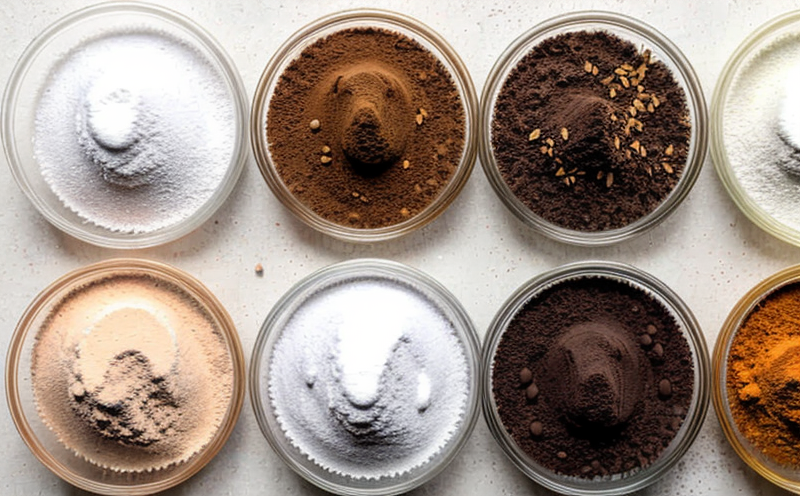ISO 3975 Aspartame Detection in Soft Drinks
The detection of aspartame (E951) in soft drinks is a critical procedure for ensuring product safety and compliance with regulatory standards. Aspartame, an artificial sweetener widely used in the food and beverage industry, must be accurately measured to prevent health risks and ensure consumer trust.
ISO 3975 specifies a method for determining aspartame content in beverages by high-performance liquid chromatography (HPLC) with UV detection. This method is essential because it not only detects the presence of aspartame but also quantifies its concentration, which is crucial for quality control and regulatory compliance.
The process involves several key steps: sample preparation, calibration, injection into the HPLC system, and analysis. Sample preparation typically includes dilution to ensure that the aspartame concentration falls within the linear range of the calibration curve. Calibration is performed using a series of standard solutions prepared at known concentrations.
The HPLC method used in this ISO 3975 procedure ensures high precision and accuracy, which are vital for maintaining product integrity. The chromatographic separation allows for the differentiation between aspartame and its degradation products, ensuring that only the intended compound is quantified. This level of detail is crucial for quality assurance and food safety.
Once the sample has been analyzed, the results provide critical information about the compliance with legal limits set by regulatory bodies such as the European Food Safety Authority (EFSA) or the United States Food and Drug Administration (FDA). The procedure also helps in identifying any potential issues during production that could lead to non-compliance.
The importance of this service extends beyond quality control. It plays a significant role in ensuring consumer safety by preventing the consumption of potentially harmful products. Additionally, it supports the development of new product formulations and ensures consistency across different batches.
By adhering to ISO 3975 guidelines, laboratories can provide reliable data that is crucial for maintaining brand reputation and regulatory compliance. This service is essential for companies operating in sectors such as food manufacturing, beverage production, and pharmaceuticals where the presence of aspartame must be accurately monitored.
Benefits
- Precision measurement of aspartame concentration to ensure product safety
- Compliance with international regulatory standards for food and beverage products
- Supports quality control processes in the production of sweeteners and colorants
- Aids in the development of new formulations while ensuring consistency across batches
Environmental and Sustainability Contributions
- The accurate detection of aspartame helps prevent the overproduction and subsequent waste of artificial sweeteners, contributing to more efficient resource use.
- By ensuring compliance with regulatory limits, this service reduces the risk of environmental pollution from improperly disposed or contaminated products.





